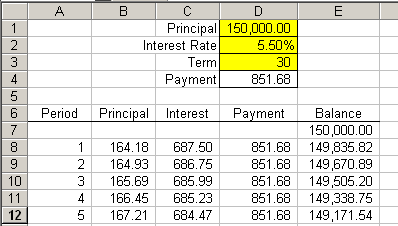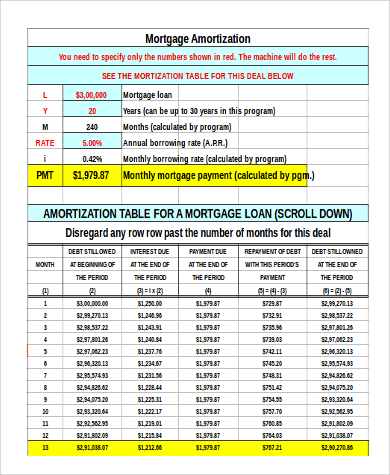

Sharing: We already acknowledged that most people are more comfortable with Excel than Python.While there are much more elegant (and Python-native) solutions available, Excel can be a low-overhead front end for interacting with Python in certain situations. Python Front End: For all of Python's power there are situations where it can be tedious to continually interact with a function.

When you want to run a loop or add some additional analytics power to Excel without writing VBA, Python is a great option. Extending Excel: Let's face it-Excel has limits.Python provides heavy-duty analytics, has thousands of libraries freely available to add functionality, and allows you to make your analysis more reproducable since it can be version-controlled and quickly re-run with new data. Since Excel is the default tool for data analysis in the corporate world an average user is probably much less intimidated by an Excel spreadsheet than a. Excel is great for lightweight data exploration where you need some interactivity. Python and Excel have complementary strengths and it can be useful to use them together. In this example, I'll demonstrate using Excel as a wrapper around a Python function, with xlwings providing the link between the two. The Python xlwings library provides easy interaction between Python and a Microsoft Excel workbook.


 0 kommentar(er)
0 kommentar(er)
